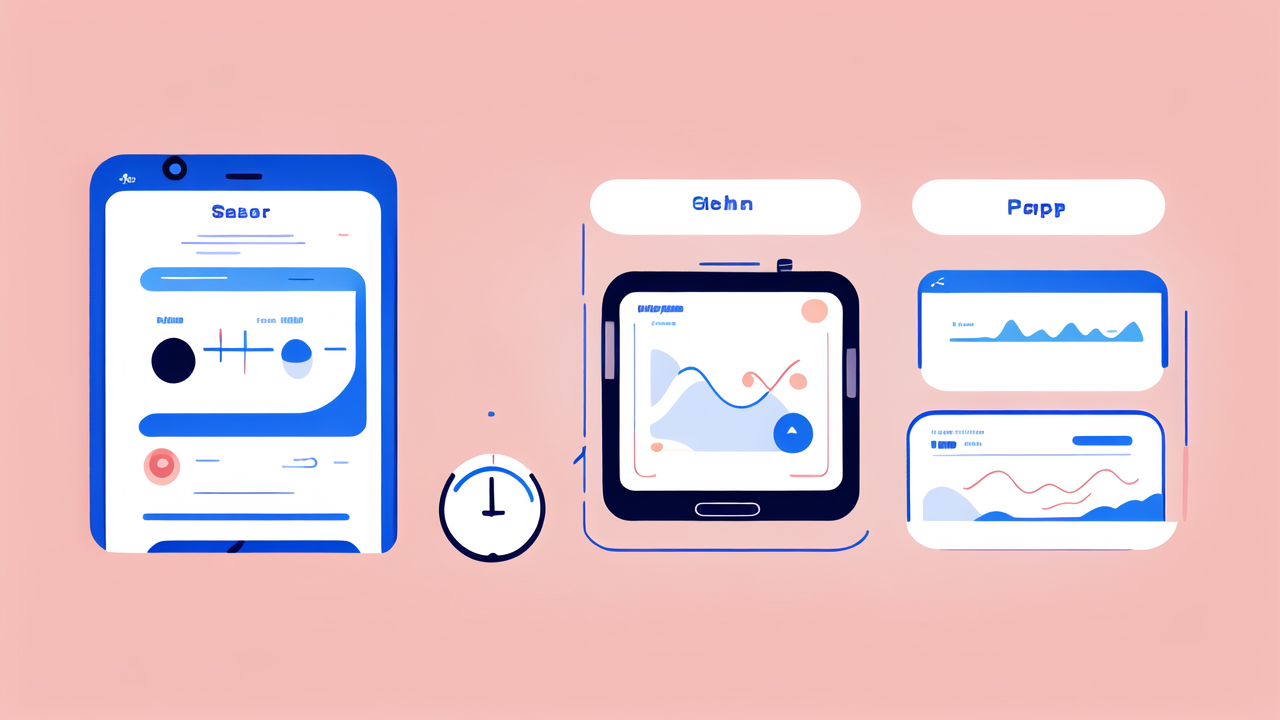Understanding Step Counters: Functionality and Popularity
The Evolution of Step Counters in Wearable Technology
Step counters have come a long way since their early days. They started as simple mechanical devices. Now, they're smart, digital tools. The first step counters were basic pedometers. They used a pendulum mechanism to count steps.

Today's step counters are more advanced. They use sensors and algorithms. These can detect various movements. Modern step counters are often part of fitness trackers or smartphones. They can track steps, distance, and calories burned.
The tech behind step counters has improved greatly. This has made them more accurate and useful. Many people now rely on step counters to monitor their daily activity levels.
Key Features of Modern Step Counters
Modern step counters offer a range of features:
- Step counting: The basic function, counting your daily steps.
- Distance tracking: Estimates the distance you've walked or run.
- Calorie burn estimation: Calculates calories burned based on your movement.
- Activity tracking: Monitors different types of activities.
- Goal setting: Allows users to set and track fitness goals.
- Sleep tracking: Some devices can monitor sleep patterns.
- Smartphone connectivity: Syncs data with mobile apps for analysis.
These features make step counters useful tools for fitness and health. They help users stay motivated and track their progress over time.
The Rise in Consumer Demand for Step Counters
Step counters have seen a surge in popularity. This is due to several factors:
- Increased health awareness: People are more focused on staying active.
- Affordable technology: Step counters are now more accessible and cheaper.
- Integration with smartphones: Many phones now have built-in step counting features.
- Social aspect: Sharing step counts on social media has become trendy.
- Workplace wellness programs: Many companies encourage step counting.
The demand for step counters continues to grow. They're seen as simple, effective tools for improving health. Many people find them motivating and helpful in reaching fitness goals.
Smart Watches and Body Trackers: The Next Frontier in Wearables
Integrating Health and Fitness with Smart Watches
Smart watches have evolved beyond just telling time. They now offer a wide range of health and fitness features. These devices combine the functions of a step counter with more advanced tracking.

Key health features of smart watches include:
- Heart rate monitoring
- GPS tracking for outdoor activities
- Workout tracking for various sports
- Stress level monitoring
- ECG readings (on some models)
- Blood oxygen level measurement
Smart watches also offer non-health features. These include notifications, music control, and contactless payments. This makes them versatile devices for everyday use.
Many people choose smart watches for their all-in-one functionality. They provide fitness tracking along with smartwatch features. This integration makes them popular among tech-savvy fitness enthusiasts.
Body Trackers: A New Class of Wearable Technology
Body trackers represent the latest innovation in wearable tech. These devices go beyond step counting and basic fitness tracking. They offer more detailed insights into the body's functions.
Some features of body trackers include:
- Continuous glucose monitoring
- Hydration levels
- Body temperature tracking
- Respiratory rate monitoring
- Advanced sleep analysis
- Posture tracking
Body trackers are often designed for specific health needs. For example, some focus on women's health. Others target athletes for performance optimization.
These devices aim to provide a more complete picture of overall health. They can help users understand their bodies better. This information can be valuable for managing health conditions.
Comparing Smart Watches and Body Trackers: Capabilities and Usage
Smart watches and body trackers have different strengths:
Smart Watches:
- More versatile, with both fitness and smart features
- Often have larger screens for easy viewing
- Better for general fitness tracking and everyday use
- Usually have longer battery life
Body Trackers:
- More specialized, focusing on detailed health metrics
- Often smaller and less obtrusive
- Better for specific health monitoring needs
- May provide more accurate data for certain measurements
The choice between them depends on individual needs. Smart watches are great for those wanting an all-in-one device. Body trackers are better for those needing specific health insights.
Both types of devices are pushing the boundaries of wearable tech. They're making health monitoring more accessible and comprehensive.
Market Analysis: Step Counters vs. Smart Watches in the United States
Market Growth and Consumer Trends for Step Counters
The step counter market has seen steady growth in the US. This growth is driven by increasing health awareness. Many Americans use step counters to track their daily activity.

Key trends in the step counter market:
- Integration with smartphones: Many people use their phones as step counters.
- Affordable standalone devices: Simple, low-cost step counters remain popular.
- Focus on accuracy: Consumers demand more precise step counting.
- Data syncing: Easy data transfer to apps is a key feature.
Step counters appeal to a wide range of users. They're popular among beginners and those wanting simple fitness tracking. The low cost and ease of use make them accessible to many.
The Adoption of Smart Watches and Body Trackers in the U.S.
Smart watches have gained significant popularity in the US. They offer more features than basic step counters. This has attracted tech-savvy consumers and fitness enthusiasts.
Trends in smart watch adoption:
- Health feature focus: Advanced health tracking is a key selling point.
- Integration with ecosystems: Apple and Google watches tie into their tech ecosystems.
- Fashion factor: Smart watches are seen as stylish accessories.
- Fitness community features: Social aspects of fitness apps are popular.
Body trackers are newer to the market. They're gaining traction among health-conscious consumers. These devices appeal to those with specific health concerns or goals.
Future Predictions: The Wearable Tech Landscape Shaping Up
The future of wearable tech in the US looks promising. Here are some predictions:
- Increased health focus: Wearables will offer more advanced health monitoring.
- AI integration: Devices will provide smarter, personalized insights.
- Longer battery life: Improved battery tech will make devices more convenient.
- More specialized devices: Wearables for specific health needs will increase.
- Integration with healthcare: Wearables may play a bigger role in medical care.
The market is likely to see continued growth. Step counters will remain popular for their simplicity. Smart watches will evolve with more features. Body trackers will become more advanced and specialized.
Overall, wearable tech is becoming an integral part of health and fitness. It's changing how people monitor and manage their well-being. The future looks bright for this innovative industry.




Leave a comment
This site is protected by hCaptcha and the hCaptcha Privacy Policy and Terms of Service apply.